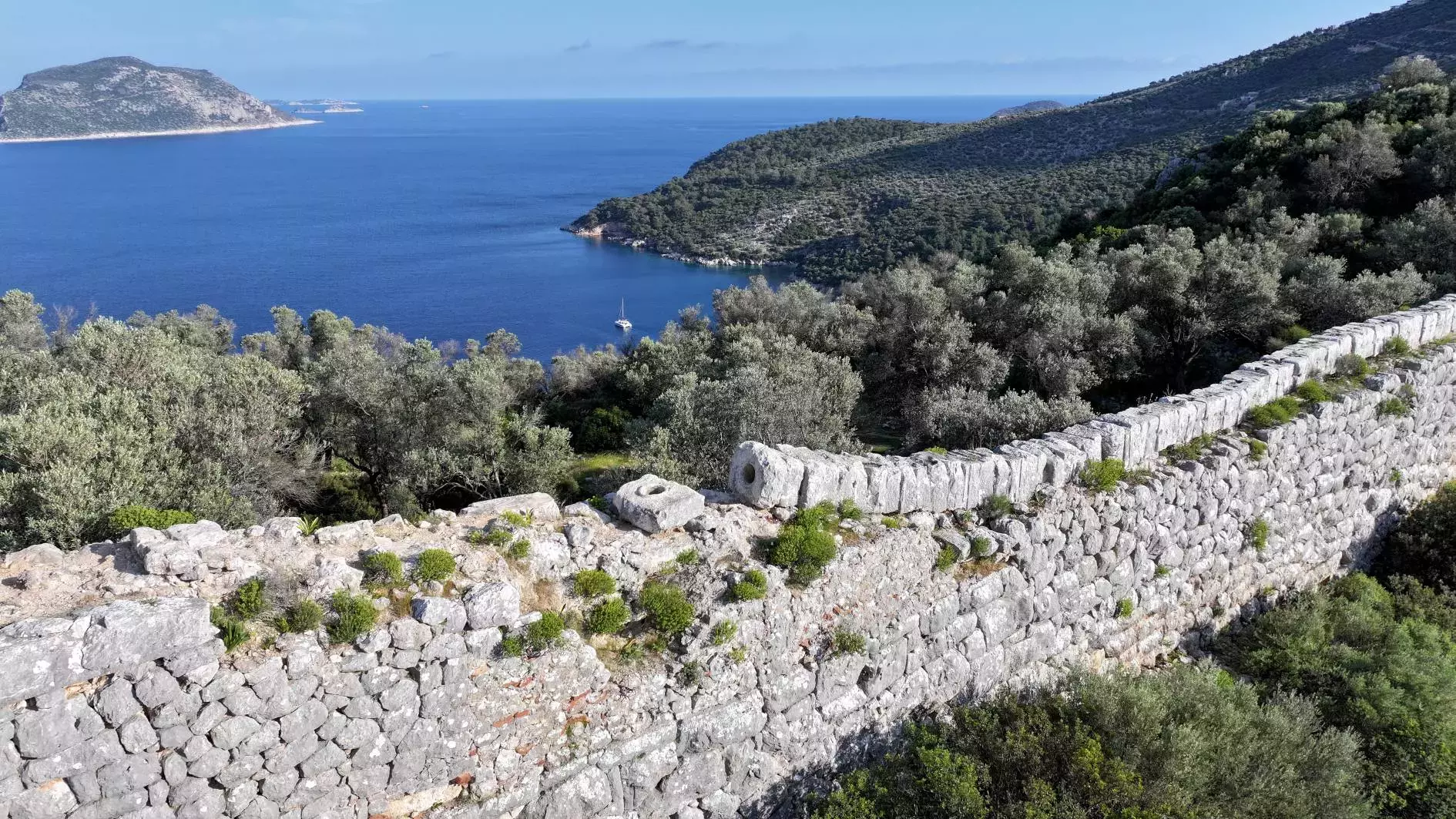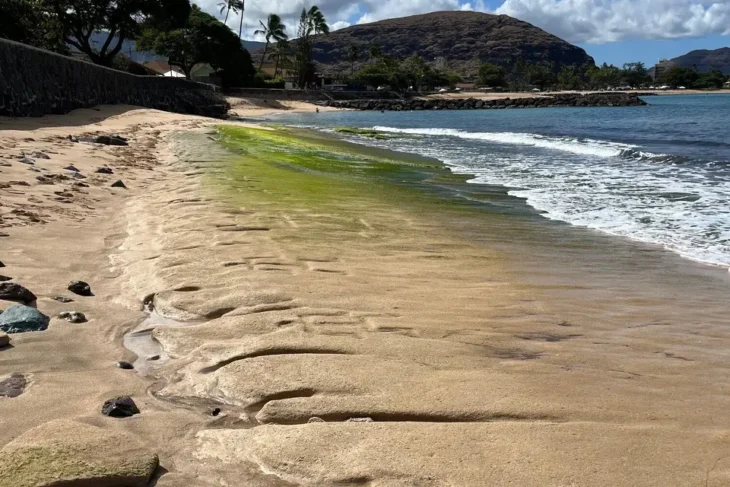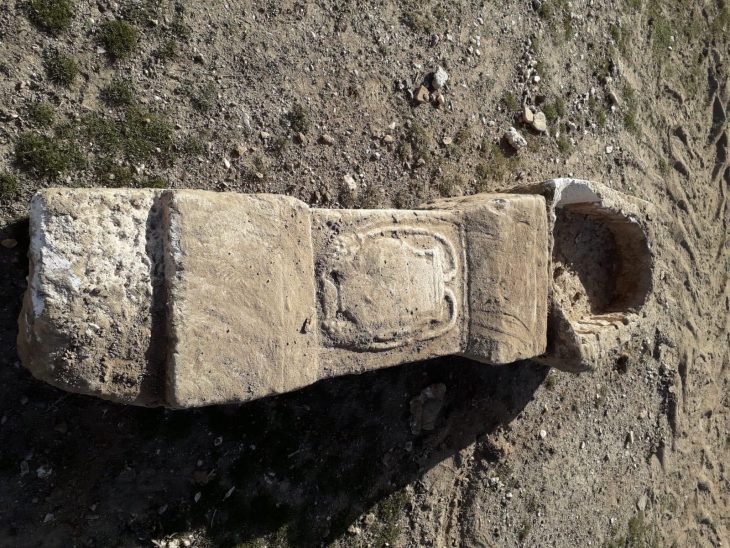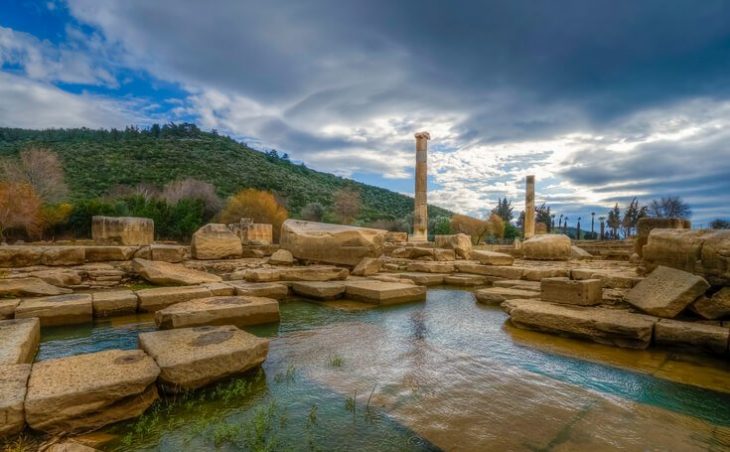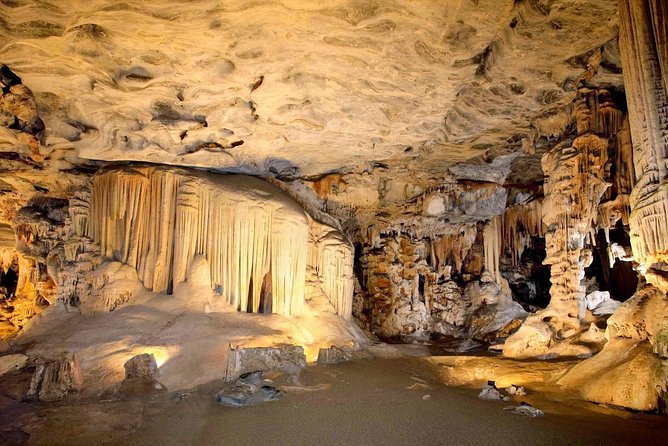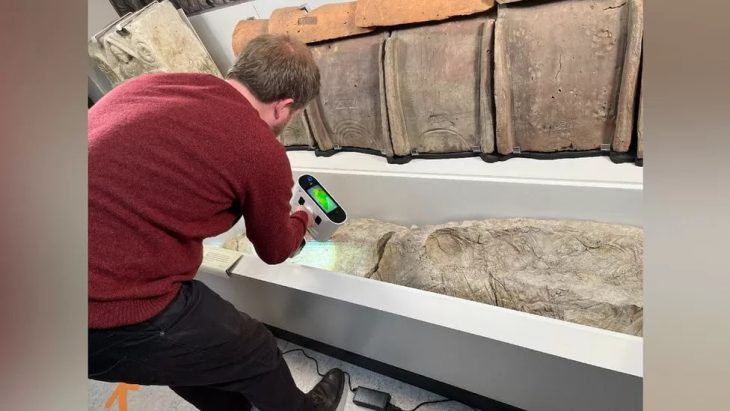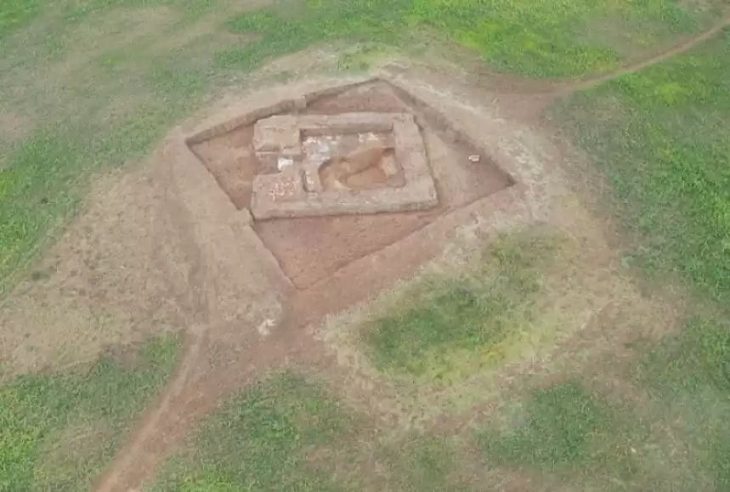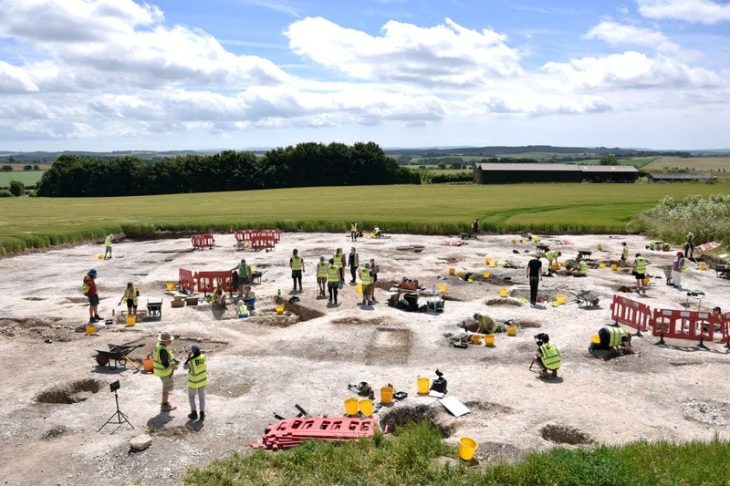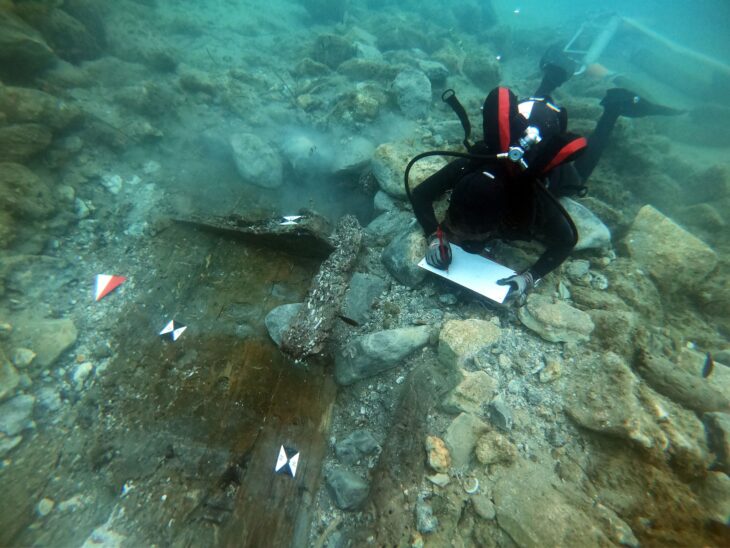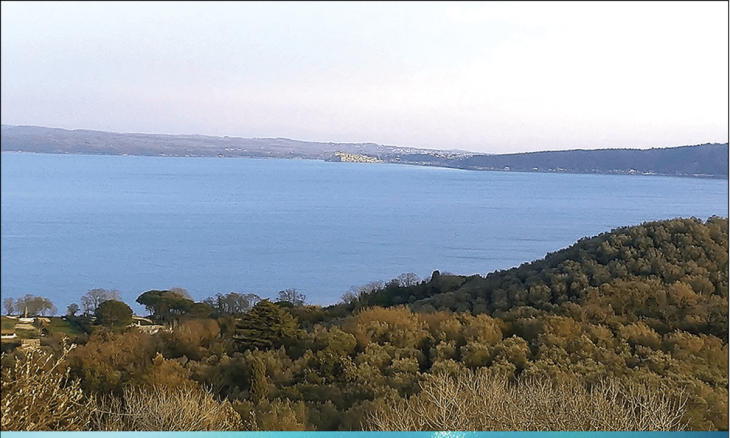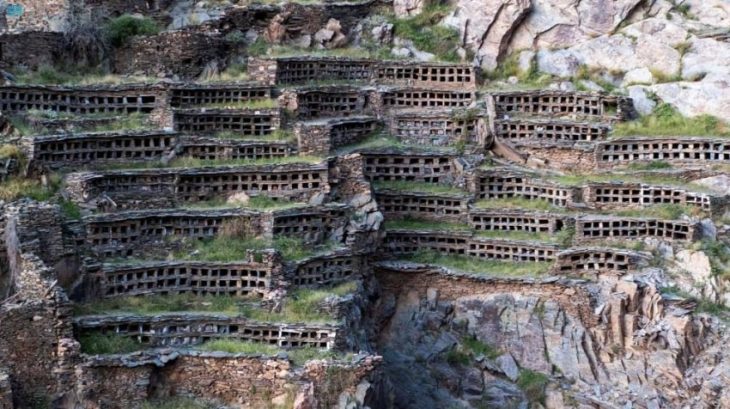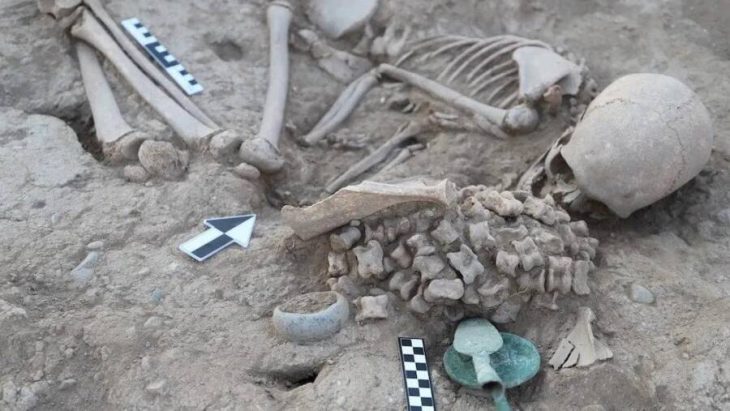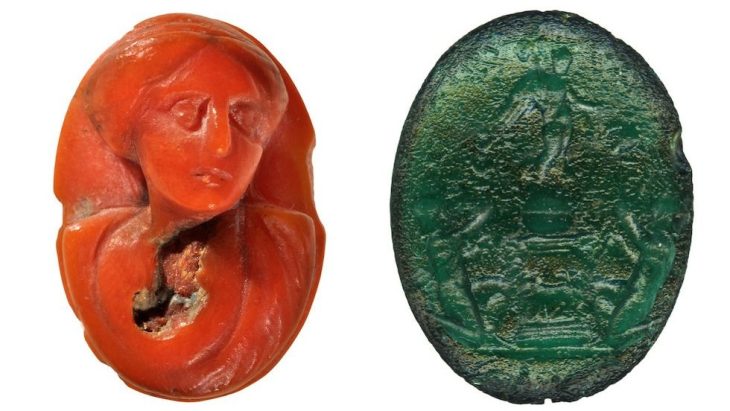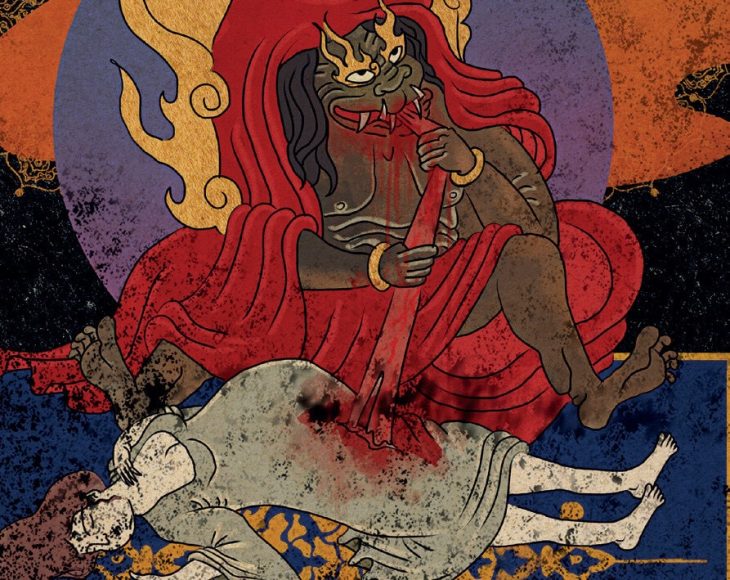Hidden among the lush forests of southwestern Turkey, the Delikkemer Aqueduct stands as a testament to ancient Roman ingenuity. Located near the historic city of Patara, this engineering masterpiece has become a must-see attraction for travelers trekking the famed Lycian Way.
Once an essential part of a vast water supply system, the Delikkemer is believed to have originated during the Hellenistic era and was later expanded under the Roman Empire. Its primary function was to transport water over 22 kilometers from the highlands of İslamlar (ancient Bodamya) to Patara, one of the most significant cities in ancient Lycia.
A Reverse Siphon That Defied Gravity
The standout feature of Delikkemer is its reverse siphon system, a complex hydraulic technique used to transport water across deep valleys. Spanning approximately 200 meters, the aqueduct was constructed from interlocking, hollowed-out stone blocks — a method that has helped it withstand the test of time.
“The reverse siphon technique is an exceptional example of ancient innovation,” explained Dr. Şevket Aktaş, head of the Patara Excavation Team. “It allowed water to flow from an elevation of 170 meters down to 140 meters by harnessing pressure and gravity.”

The aqueduct once fed water into a central reservoir in Patara, where it was distributed throughout the city — including to its port, baths, and public fountains.
📣 Our WhatsApp channel is now LIVE! Stay up-to-date with the latest news and updates, just click here to follow us on WhatsApp and never miss a thing!!
A Trail Through History: From Waterway to Hiking Route
Today, the Delikkemer system forms part of a unique historical hiking trail. Locals and tourists alike follow the former water route, which winds through pine-scented trails and offers panoramic views of the Mediterranean Sea before culminating at the ruins of Patara.
Each year, the local community celebrates this heritage with a waterway hike and cultural festival, retracing the ancient aqueduct’s path and honoring its historical significance.
Reawakening the Past: A Vision for Modern Visitors
As part of the ‘Heritage for the Future’ project launched by Turkey’s Ministry of Culture and Tourism, archaeologists plan to recreate the dramatic water curtain that once greeted visitors at Patara’s city gates. Water, once channeled through lead pipes and poured from above the gate’s archway, created both a spectacle and a message of power and prosperity.
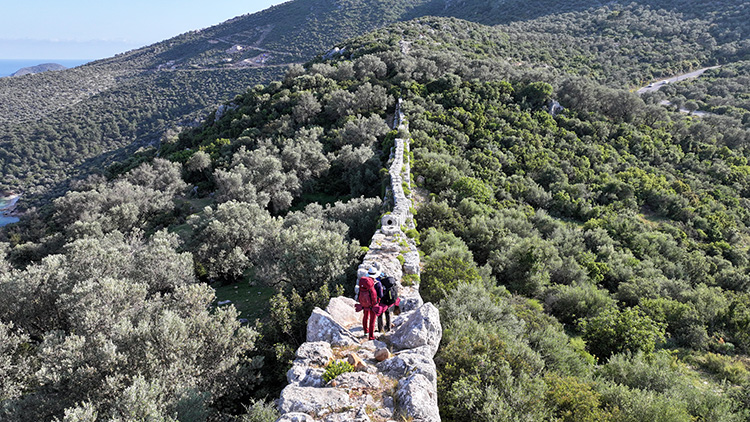
“Water wasn’t just a resource — it was a statement,” said Dr. Aktaş. “These systems represented prestige. We want modern visitors to feel the awe that ancient people did — visually and acoustically.”
Legacy of Roman Infrastructure
Similar aqueducts once served other major Roman cities in Anatolia, including Side, Myra, Aspendos, and Perge. But Delikkemer remains one of the best-preserved and most accessible examples, offering a tangible link to the architectural and engineering mastery of the ancient world.
Whether you’re a history enthusiast, an archaeology lover, or an adventurer hiking the Lycian Way, Delikkemer offers a rare opportunity to walk in the footsteps of Roman engineers — and to witness firsthand how water shaped the rise of empires.
Cover Image Credit: Bekir Bektaş/AA

